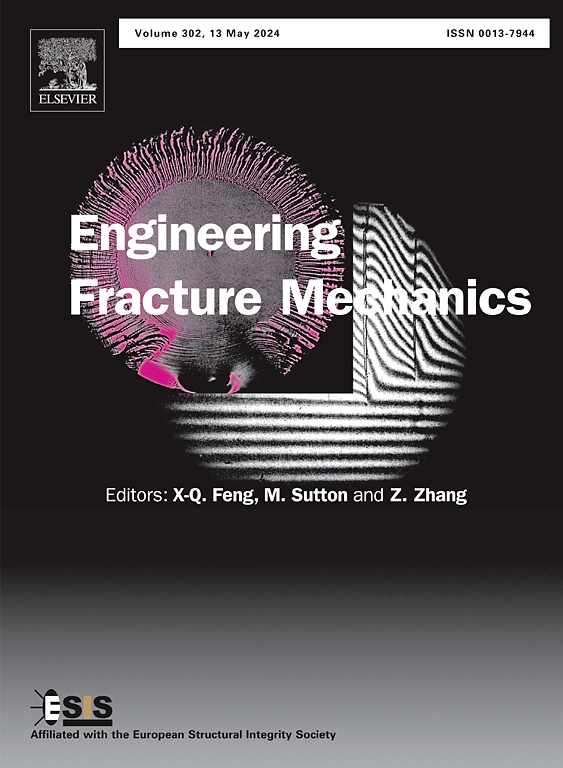Effect of rapid tempering and cementite morphology on hydrogen diffusion and trapping in a medium-carbon advanced high-strength steel
IF 4.7
2区 工程技术
Q1 MECHANICS
引用次数: 0
Abstract
Microstructural changes during the tempering of carbon steels can influence their interaction with hydrogen (H) in several manners, and novel heat treatments could aid in reducing susceptibility to hydrogen embrittlement. Here, the effect of rapid tempering (RT) on H diffusion and trapping was investigated in a direct-quenched (DQ) medium-carbon steel and its tempered variants, T420 (RT at 420 °C) and T720 (RT at 720 °C). RT reduces RA fraction, dislocation density, microstrain, and low-angle grain boundary surface area while increasing the cementite fraction and modifying its morphology, resulting in mainly rod-like cementite in T420, and a higher fraction of globular cementite in T720. Electrochemical H permeation and thermal desorption spectroscopy were used to evaluate H diffusion coefficients (D) and trapping behaviour. DQ and T420 exhibit similar D, while T720 shows significantly faster diffusion, with an inverse correlation to H content. Cementite acts as a weak H trap, showing increased trapping with increasing interface area for rod-like cementite.
快速回火和渗碳体形态对中碳高级高强钢中氢扩散和俘获的影响
碳钢回火过程中的显微组织变化可以通过几种方式影响它们与氢(H)的相互作用,而新的热处理方法可以帮助降低对氢脆的敏感性。本文研究了快速回火(RT)对直接淬火(DQ)中碳钢及其回火品种T420(420°C RT)和T720(720°C RT)中H扩散和俘获的影响。RT降低了RA分数、位错密度、微应变和低角晶界表面积,同时增加了渗碳体分数并改变了渗碳体的形貌,导致T420渗碳体以棒状渗碳体为主,T720渗碳体以球状渗碳体为主。电化学氢渗透和热解吸光谱法评价了氢扩散系数(D)和捕获行为。DQ和T420表现出相似的D,而T720的扩散速度明显更快,且与H含量呈负相关。渗碳体表现为弱H陷阱,随着界面面积的增加,渗碳体的H陷阱增加。
本文章由计算机程序翻译,如有差异,请以英文原文为准。
求助全文
约1分钟内获得全文
求助全文
来源期刊
CiteScore
8.70
自引率
13.00%
发文量
606
审稿时长
74 days
期刊介绍:
EFM covers a broad range of topics in fracture mechanics to be of interest and use to both researchers and practitioners. Contributions are welcome which address the fracture behavior of conventional engineering material systems as well as newly emerging material systems. Contributions on developments in the areas of mechanics and materials science strongly related to fracture mechanics are also welcome. Papers on fatigue are welcome if they treat the fatigue process using the methods of fracture mechanics.

 求助内容:
求助内容: 应助结果提醒方式:
应助结果提醒方式:


